“Take me away,” was my first thought when I came across Palmiers du Mal. The brainchild between New-York based duo Shane Fonner and Brandon Capps conjures a tingling sense of wanderlust. A unique menswear label that crafts luxurious resort wear, it has skyrocketed into media admiration in a short amount of time. Fluid kaftans, pleated trousers and a melee of silhouettes, this is the sort of brand dedicated to the global citizen. We sit down with Shane Fonner, the Creative Director of the brand to discuss the ethos of the brand and the current state of fashion.
Tell me about your family backgrounds and early career days.
I’m from Pennsylvania, I moved to New York in 2002. I began my career by working as an agent in the modelling industry and eventually as the Director of Development. My intention was to work my way into menswear. My job gave me a great amount of exposure. I networked with stylists, editors and designers. This constant social conversation with fashion professionals helped me at each stage of my career.
How did you meet Brandon and what brought about the inception of the brand?
Brandon and I met when we were working together at Billy Reid, the CFDA fashion fund winner in 2010 for Best Menswear. I split ties with the company and ended up as general manager at Maison Kitsuné and then as the retail director for Saturday Surf. After 5 to 6 years of managing menswear stores in New York, I was ready to take on my own project and launch my own brand. I reconnected with Brandon and asked him to come onboard and that started our wonderful journey with this label.
How do you feel the two of you contribute individually to the brand?
We are very fluid. I take the lead on creative direction and fabric choices. Brandon was the head of made-to-measure at Billy Reid, so his background is in shirting and suiting. I love the idea of a collection that has [tailoring], as well as cut-and-sew pieces…Pairing a kaftan with a highly tailored blazer is really fascinating.
Do you sometimes feel like there’s too much testosterone in your work environment? How do you keep things harmonious?
No, not at all. Ever since we’ve met, we’ve possessed this inane intuitiveness for each other. Our skill-sets complement each other, and I feel like we’re always on the same page. It’s made for a seamless work environment. We’ve both had a similar upbringing and work background so there’s always an ease in communication.
Was it an easy task to come up with a common aesthetic or did it require some speculation?
We gelled from the get-go. Brandon and I have very similar ideas when it comes to the brand and how we want it to look. We observed this gap in the market for a menswear resort label. People are becoming more global and mobile, and they’re investing a lot in travelling. We were heavily influenced by a flaneur-type character, a globe trotter walking down streets and boulevards in a constant search for inspiration. We thought we could cohesively execute this unique, untapped project.
Who came up with the name? Its very interesting.
I started off with the concept of the flaneur and that was the name I wanted to use for the brand but unfortunately I was unable to secure a trademark for it. The character, however, is inspired by Baudelaire and his famous book, Les Fleurs du Mal, which translates into, “flowers of evil.” Palmiers or palm trees evoked the resort feel we were going for. It provided an immediate visual for anybody getting in touch with the brand. I think over time, people have felt familiar with the name and it does [emanate] a sense of luxury.
I’ve noticed that the brand has received a lot of appreciation in a short time, especially from industry insiders. What’s the most insightful comment or observation that somebody shared with you?
That’s an interesting question! One of the comments I hear all the time is that the pieces feel like women’s clothing. I find this amusing because we specifically design for men. I suppose we use certain fabrics that are able to speak to women, and if they want to wear the collection, we’re more than happy about that. We don’t want to label the collection: it’s just clothing for people. In my experience, my girlfriends and my wife have stolen my clothing anyway, so I definitely want to make pieces that are covetable from a woman’s perspective.
Describe to me your ideal consumer. What emotions do you want your garments to evoke when somebody is wearing them?
The idea of Utopia. The idea of people being able to create their own reality. The collection is based on travel, and being from Pennsylvania, I observed in [both] my friends and contemporaries that they don’t always have the most open-minded approach. I never wanted to be [tied] down to my hometown. I always wanted to go and explore the world. The ability to create one’s perfect life is really inspirational to me, to engage in new experiences and not being stuck in a rut. I also feel our consumer is somebody with an appetite for luxury. He might like to travel and live freely, but would still want to invest in a label that makes high-quality clothes while infusing those sensibilities.
Your recent collection has a diverse palette to it. There’s denim patchwork but there are also tribal-esque African prints. How do you pick your textiles?
Textiles have always been our focus. We love taking a traditional shape, such as a 1940’s work jacket, and then executing that shape using non-conventional fabrics. The concept of mixing and matching cultures from around the world is very appealing. Taking an oriental silk and putting that not only into a robe, but also [into] more functional pieces such as a safari coat. I feel this amalgamation brings out a sense of globalization which is what we’re aiming for.
Everyone keeps talking about fixing the, “fashion system.” In your opinion, what’s wrong with the industry today?
There’s a complete lack of connectivity between the global markets. I think we’re at a critical junction where the industry is changing so swiftly, it’s going to lead to a backlash against that. The system itself demands a lot of creatives, and there’s a constant need for new things. I think there needs to be a fluidity, as opposed to the current antiquated system of several fashion weeks and showing a collection so [far] in advance. However, that is the DNA of the luxury process when you’re working with high-end products. You need that lead time. But with the acceleration of Instagram to promote one’s product, most consumers are concerned with how the product looks in the picture and not the actual construction. There needs be an education among consumers so that they [can] appreciate the painstaking process of creating something great.
If you had to set shop elsewhere, where would that be?
I’ve got three- Marrakech, Miami and Los Angeles. Warm weather, sunshine and palm trees.
Some of our favorite looks from their Fall/Winter 2016 collection:
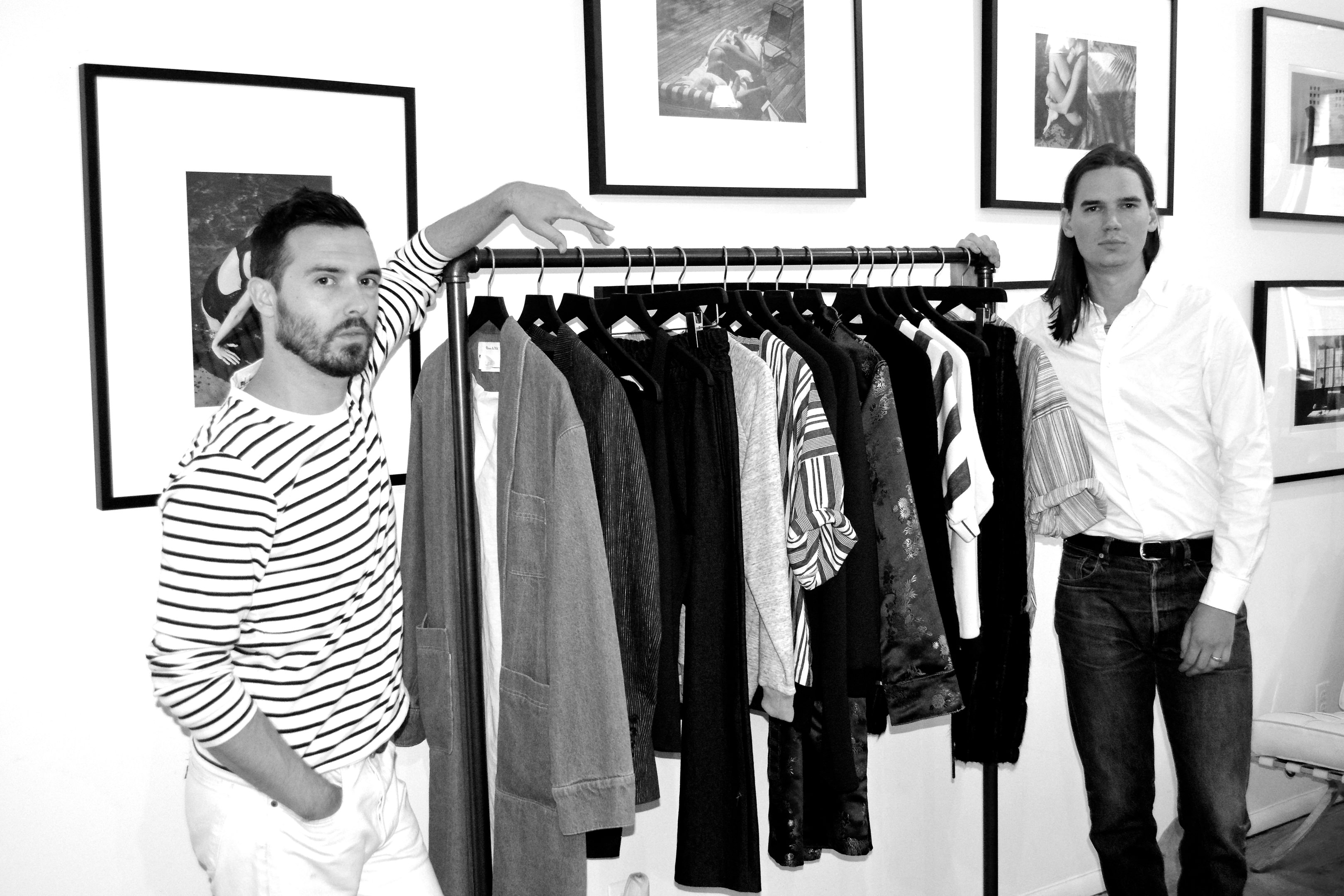
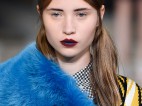
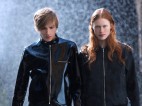
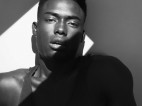
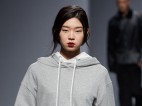
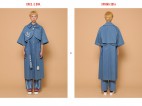

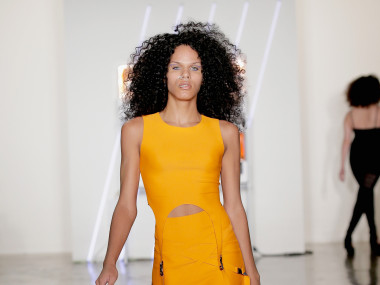
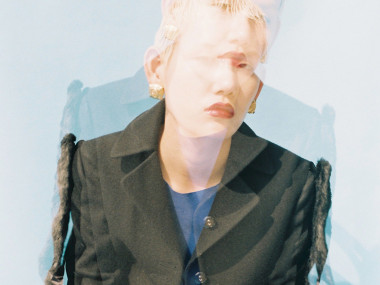

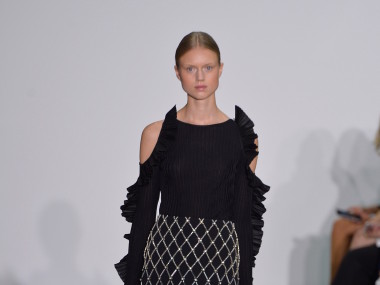
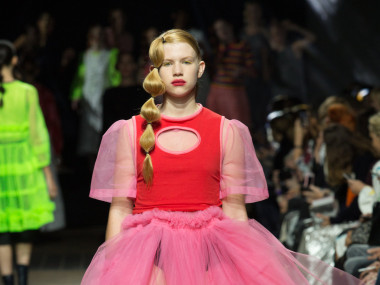
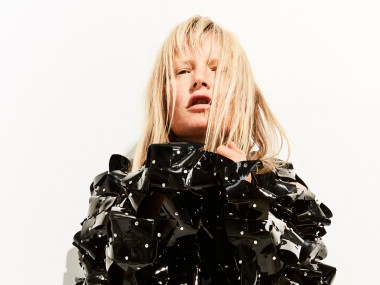
Comments